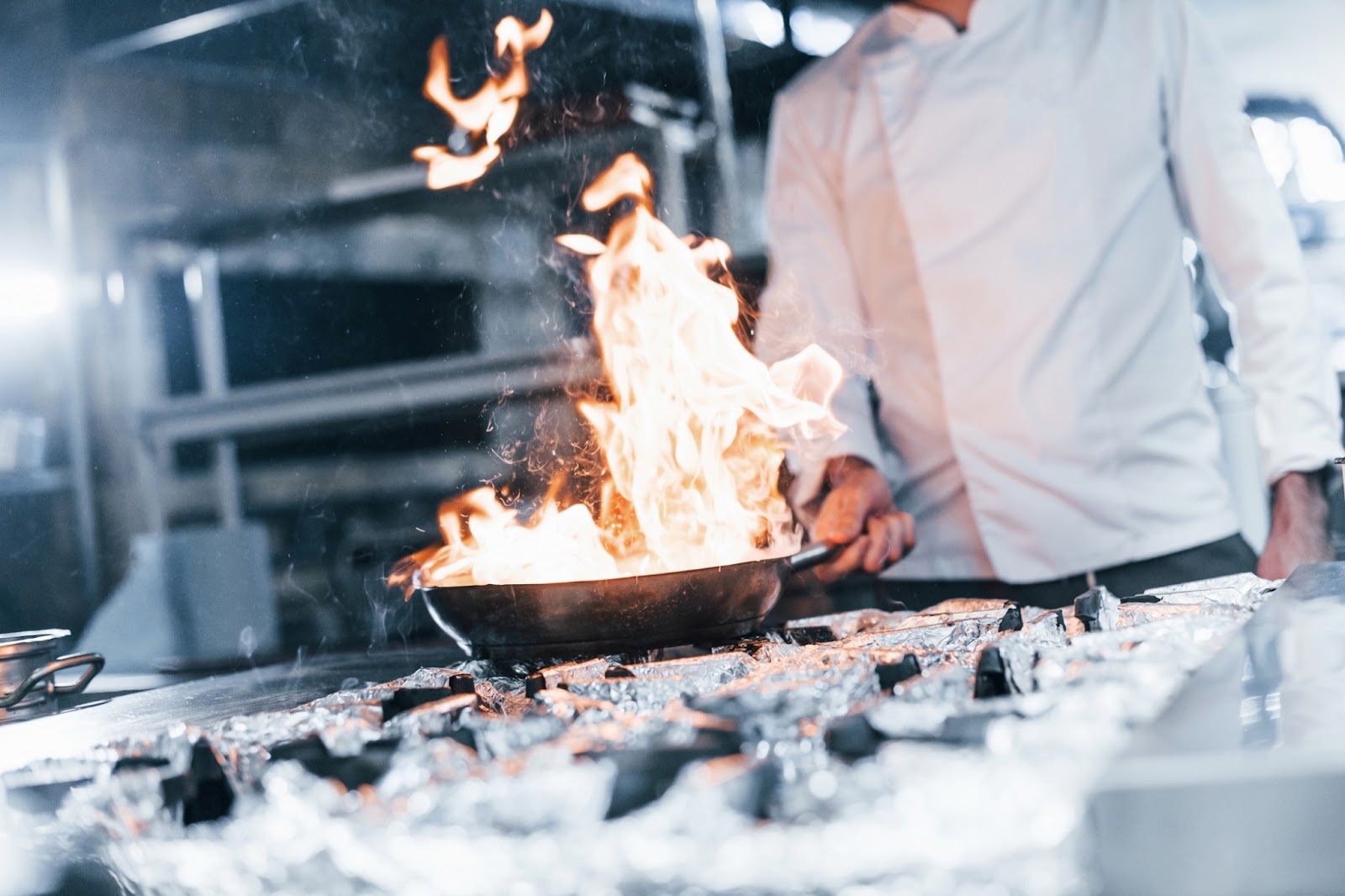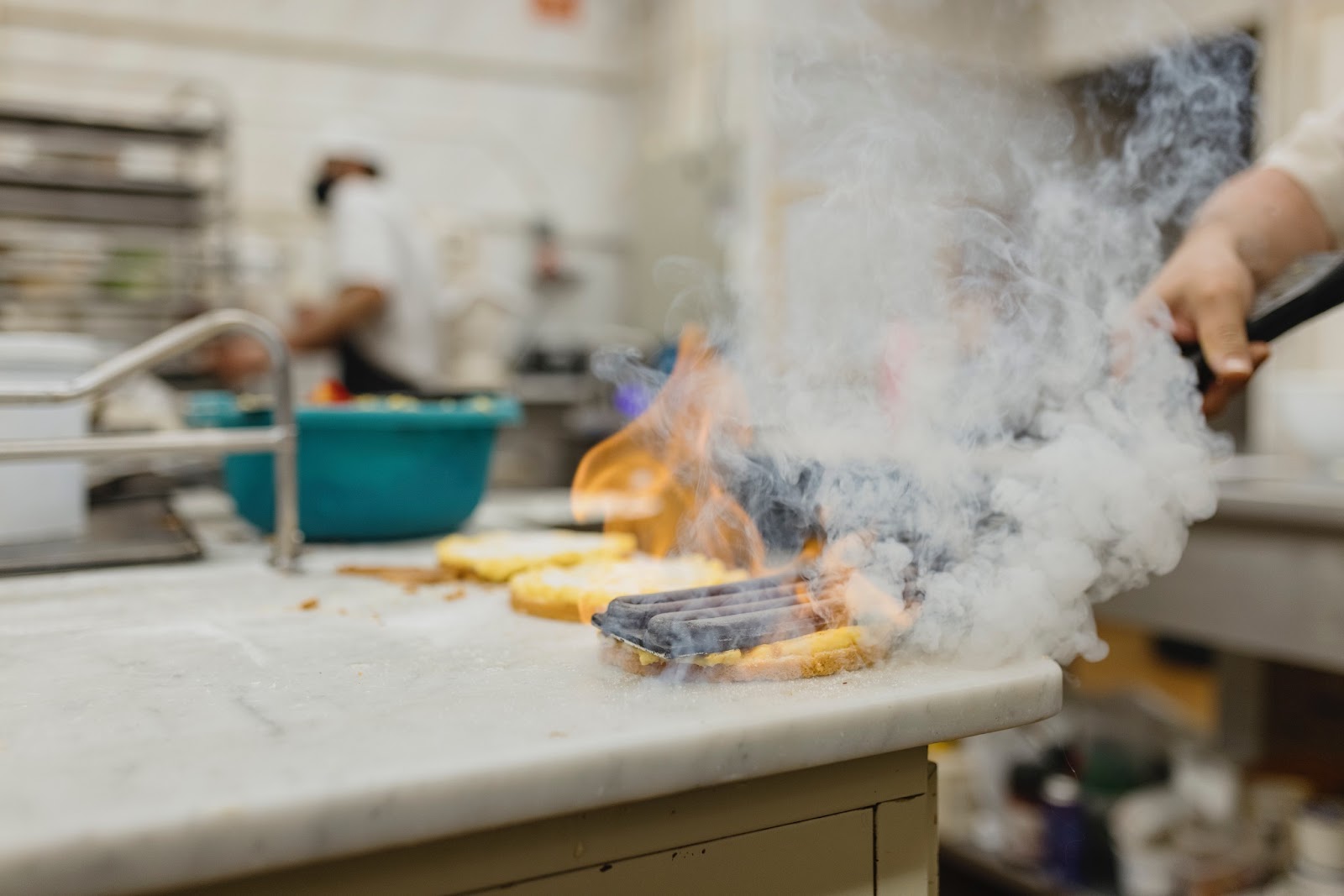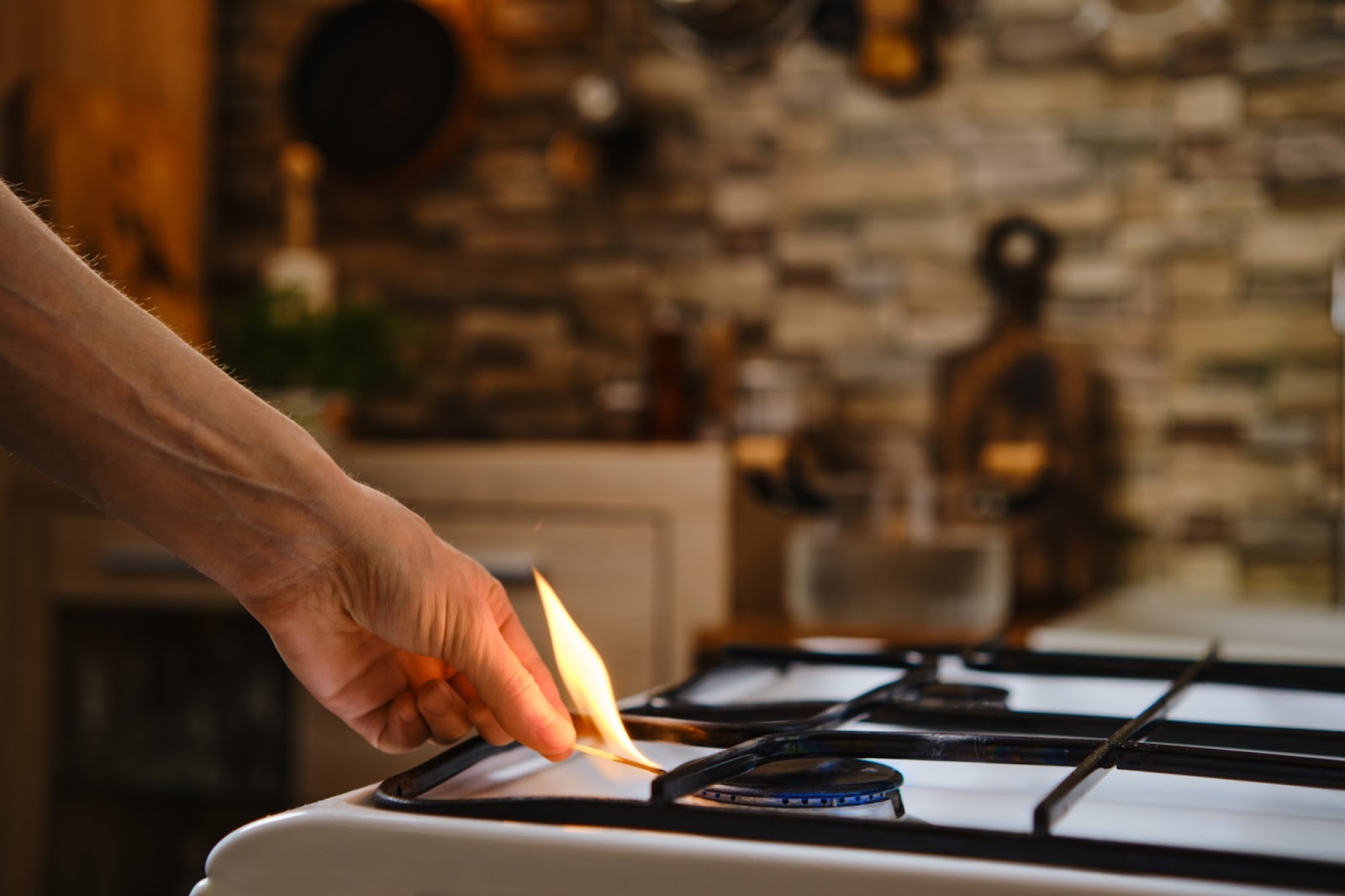Kitchen fires are one of the leading causes of home fires and injuries in Singapore. These incidents can lead to devastating consequences, including severe burns, property damage, and even loss of life. The kitchen, often considered the heart of the home, is a bustling hub where families come together to prepare meals, experiment with new recipes, and enjoy each other’s company. However, it is also a space filled with potential fire hazards due to the presence of high heat, flammable materials, and the frequent use of various cooking appliances. With so many people spending significant time cooking, it’s essential to practise fire safety and ensure the availability of fire equipment to prevent burns and accidents. By being aware of the risks and taking proactive measures, you can create a safer cooking environment for yourself and your loved ones.

Here are some practical tips to help you keep your kitchen safe from fire hazards, ensuring that it remains a place of comfort and joy rather than a source of danger.
1. Never Leave Cooking Unattended
One of the most crucial rules is to never leave your stove unattended while cooking. Whether you’re frying, grilling, boiling, or broiling food, stay in the kitchen. If you must leave the room, even for a moment, turn off the stove.
2. Create a Kid-Free Zone
Children are particularly vulnerable to kitchen accidents. Create a kid-free zone of at least one metre around your stove and other areas where hot food is prepared. This prevents children from getting too close to hot surfaces and potential spills.
3. Keep Flammable Materials Away

Ensure your cooking area is free from flammable materials. Items like food packaging, oven mitts, and kitchen towels should be kept away from the stovetop to avoid accidental fires.
4. Turn Pot Handles Inward
To prevent accidental spills and burns, always turn pot handles toward the back of the stove. This keeps them out of reach of children and reduces the chance of being knocked over.
5. Have a Fire Extinguisher Handy
Always keep a fire extinguisher in your kitchen. Make sure it is the appropriate type for kitchen fires and that you know how to use it correctly. Regularly check its expiry date and condition.
6. Maintain Clean Cooking Equipment
Cleanliness in the kitchen goes beyond hygiene. Built-up grease on the stovetop, crumbs in the toaster, and dust behind appliances can all be fire hazards. Regularly clean your cooking equipment to prevent these risks.
7. Wear Appropriate Clothing
Avoid wearing loose clothing while cooking. Loose sleeves can easily catch fire if they come into contact with a gas flame or electric burner. Opt for short, close-fitting, or tightly rolled sleeves when in the kitchen.
8. Cook When Alert

The best time to cook is when you are wide awake and alert. Avoid cooking if you’re sleepy or have consumed alcohol, as these conditions increase the risk of accidents.
9. Use Pan Lids and Splash Guards
When frying, use a pan lid or splash guard to prevent grease splatter, which can cause burns and fires. Always have a pan lid and dry potholders or oven mitts nearby to handle hot items safely.
10. Know How to Handle Grease Fires
Grease fires are common in kitchens and can be extremely dangerous. In case of a grease fire:
- Smother the fire by sliding a lid over the pan.
- Turn off the stovetop.
- Leave the pan covered until it is completely cool.
- Never try to extinguish a grease fire with water, as it can cause the fire to spread.
11. Oven and Microwave Fire Safety
If a fire starts in your oven or microwave, turn off the heat and keep the door closed until the flames are completely out. If you cannot safely extinguish the fire, evacuate immediately, close the door behind you to contain the fire, and call emergency services.
12. Educate Your Family
Educating your family about kitchen fire safety is crucial for preventing accidents and ensuring everyone knows how to respond in case of an emergency. Make sure everyone, including children, understands the basic rules, such as never leaving cooking unattended, keeping flammable items away from the stove, and knowing how to use fire equipment like fire extinguishers and fire blankets. Additionally, it’s important to teach everyone what to do if a fire does occur, such as how to safely evacuate the home and where to meet outside.
Conduct regular fire drills to reinforce these lessons and ensure that everyone is prepared for an emergency. These drills should include practising how to quickly and safely exit the house, as well as reviewing the location and proper use of fire equipment.
Conclusion
Preventing kitchen fires and burns requires vigilance and strict adherence to safety practices. This includes being attentive while cooking, keeping flammable materials away from heat sources, and ensuring that all cooking appliances are in good working condition. By following these tips, you can significantly reduce the risk of accidents in your kitchen and create a safer environment for everyone. Additionally, always be prepared to handle any fire emergencies effectively by having the right fire equipment on hand, such as fire extinguishers, smoke detectors, and fire blankets. For more information on fire safety and to ensure your kitchen is well-protected, consult with experts like Firetronics. They can provide comprehensive fire safety solutions tailored to your specific needs, helping you maintain a secure and safe kitchen.
 Tasselline | Latest Articles By Singaporeans, for Singaporeans Article Site for Singaporeans
Tasselline | Latest Articles By Singaporeans, for Singaporeans Article Site for Singaporeans